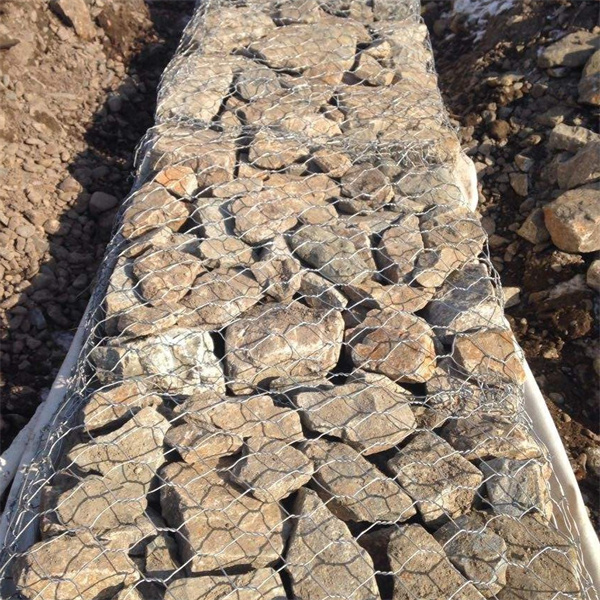elo . 18, 2024 02:06 Back to list
Understanding the Concept and Purpose of Gabions in English
Understanding Gabions Meaning and Significance in Modern Engineering
Gabions are structures made of wire mesh or nettings that are filled with rocks, concrete, or other materials. Originally stemming from the Italian word gabbione, meaning big cage, gabions have evolved significantly in their application and design, reflecting advancements in engineering and environmental awareness. They are increasingly being utilized in various fields, from civil engineering to landscape architecture, owing to their unique properties and functionality.
Historically, gabions have roots that trace back to ancient military practices where they were used as protective barriers. Soldiers would fill these wire baskets with earth or stones to create fortifications. Over time, the use of gabions has transitioned from military applications to construction and environmental management. Today, they serve vital roles in erosion control, riverbank stabilization, and even as decorative elements in gardens and urban areas.
Understanding Gabions Meaning and Significance in Modern Engineering
In civil engineering, gabions are favored for their versatility and cost-effectiveness. The materials used to fill gabions can often be sourced locally, reducing transportation costs and environmental impact. This makes them an eco-friendly option compared to traditional methods that may involve concrete or heavy machinery. Gabion structures are relatively easy to construct; they can be quickly assembled on-site without the need for specialized equipment. This flexibility allows engineers to create custom solutions tailored to specific site conditions.
gabion meaning in english

Another noteworthy attribute of gabions is their drainage capabilities. The empty spaces in the wire mesh allow water to percolate through, reducing hydrostatic pressure on retaining walls. This property prevents the buildup of water behind structures, which could otherwise lead to failures or collapses. The hollow nature of gabions also allows for a balance between structural integrity and environmental interaction, promoting both stability and natural processes.
As urban areas continue to expand, the integration of gabions in landscape design has gained popularity. They can be used to create visually appealing structures, such as decorative walls, seating areas, or planters. By incorporating vegetation into these designs, gabions can enhance aesthetics while contributing to sustainability by managing stormwater runoff and promoting green spaces.
Moreover, gabions are utilized in constructing temporary barriers, particularly in flood-prone regions. During emergencies, these structures can be rapidly deployed to redirect floodwaters and protect critical infrastructure, showcasing the agility and responsiveness of gabion technology in disaster management.
In summary, gabions are far more than mere wire cages filled with rocks; they represent a blend of practicality, sustainability, and adaptability in various fields of engineering and design. Their historical significance has evolved into a modern-day application that not only addresses critical issues such as erosion and infrastructure stability but also enhances the aesthetic quality of our environment. As we continue to confront challenges related to climate change and urbanization, the role of gabions is likely to expand, making them an important element in our infrastructure and landscape solutions for the future.
-
Why PVC Coated Gabion Mattress Is the Best Solution for Long-Term Erosion Control
NewsMay.23,2025
-
Gabion Wire Mesh: The Reinforced Solution for Modern Construction and Landscape Design
NewsMay.23,2025
-
Gabion Wall: The Flexible, Seismic-Resistant Solution for Modern Landscaping and Construction
NewsMay.23,2025
-
Gabion Wall Solutions: The Durable, Decorative, and Affordable Choice for Every Landscape
NewsMay.23,2025
-
Gabion Basket: The Durable and Flexible Alternative to Traditional Retaining Walls
NewsMay.23,2025
-
Gabion Basket: The Proven Solution for Slope Stability and Flood Control
NewsMay.23,2025
-
Versatility of Chain Link Fence Gabion
NewsMay.13,2025






